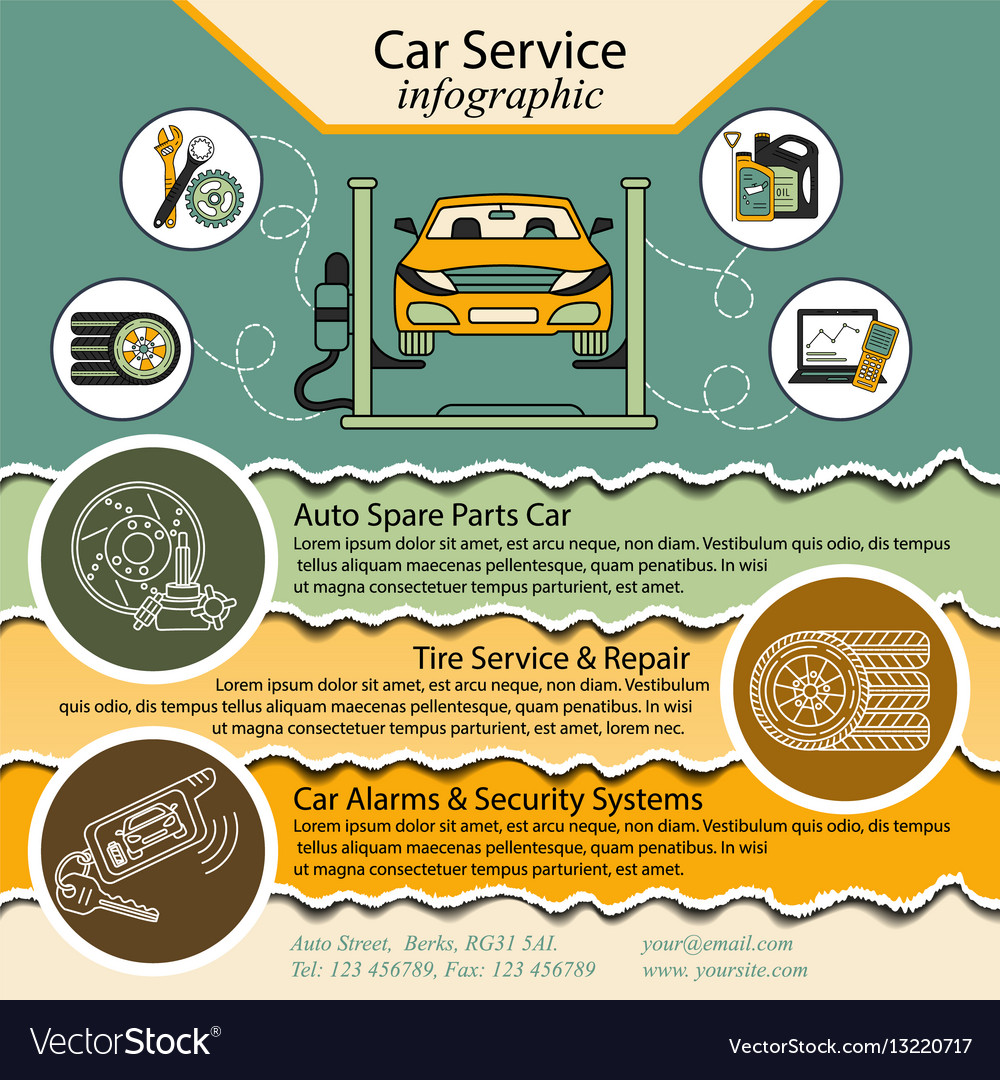Eager To Know What The Control Panel Warning Lights In Your Car Signify? Discover Their Significances For The Wellness And Security Of Your Car
Eager To Know What The Control Panel Warning Lights In Your Car Signify? Discover Their Significances For The Wellness And Security Of Your Car
Blog Article
Material Composed By-Termansen Gilbert
When you lag the wheel, those beautiful caution lights on your control panel can be a little bit perplexing. Do you recognize what they're attempting to inform you about your automobile's health? Recognizing the relevance of these lights is important for your safety and the long life of your vehicle. So, the following time among those lights appears, wouldn't you wish to decipher its message precisely and take the essential steps to address it?
Common Warning Lights and Interpretations
Identify usual warning lights in your auto and recognize their definitions to ensure risk-free driving.
One of the most regular caution lights include the check engine light, which signifies problems with the engine or exhausts system. If this light begins, it's crucial to have your lorry checked without delay.
The oil stress alerting light shows reduced oil stress, calling for immediate interest to avoid engine damages.
A blinking battery light could suggest a malfunctioning charging system, possibly leaving you stranded if not addressed.
The tire pressure monitoring system (TPMS) light alerts you to reduced tire pressure, impacting vehicle stability and fuel performance. Overlooking this could result in unsafe driving conditions.
The abdominal muscle light suggests an issue with the anti-lock braking system, jeopardizing your capability to quit quickly in emergency situations.
Last but not least, the coolant temperature level warning light warns of engine overheating, which can result in severe damage if not solved promptly.
Comprehending https://www.nbcchicago.com/news/local/hundreds-of-chicago-area-auto-mechanics-go-on-strike-amid-contract-talks-stalemate/2579017/ will assist you deal with concerns quickly and maintain risk-free driving conditions.
Value of Prompt Focus
Recognizing the usual caution lights in your car is only the initial step; the relevance of without delay addressing these warnings can not be emphasized enough to guarantee your security on the road.
When car seat cleaning illuminates on your control panel, it's your automobile's method of interacting a potential concern that requires interest. Disregarding these warnings can cause a lot more severe issues in the future, jeopardizing your safety and security and potentially costing you more out of commission.
Trigger attention to alerting lights can stop break downs and accidents. As car upholstery cleaning , a blinking check engine light might indicate a misfire that, if left unattended, could cause damage to the catalytic converter. Addressing this without delay can conserve you from a costly repair.
In a similar way, a brake system warning light may indicate low brake fluid or worn brake pads, critical elements for your safety and security when driving.
DIY Troubleshooting Tips
If you see a caution light on your dashboard, there are a couple of do it yourself repairing pointers you can attempt prior to seeking expert assistance.
The very first step is to consult your vehicle's manual to understand what the details warning light suggests. Often the concern can be as straightforward as a loose gas cap setting off the check engine light. Tightening up the gas cap may solve the issue.
One more common concern is a low battery, which can activate various advising lights. Examining https://electricbrakes39406.blog-kids.com/30149065/the-growth-of-automobile-describing-strategies-in-the-previous-years for corrosion and ensuring they're safe could deal with the issue.
If a warning light continues, you can try resetting it by separating the auto's battery for a couple of mins and after that reconnecting it. Additionally, examining your car's fluid degrees, such as oil, coolant, and brake fluid, can aid troubleshoot alerting lights associated with these systems.
Final thought
Finally, recognizing your automobile's warning lights is vital for keeping your vehicle running efficiently and safely. By promptly attending to these signals and knowing what they suggest, you can prevent expensive repair services and possible failures.
Keep in mind to consult your auto's manual for certain details on each alerting light and act as necessary to make certain a hassle-free driving experience.
Remain informed, stay risk-free when driving!
